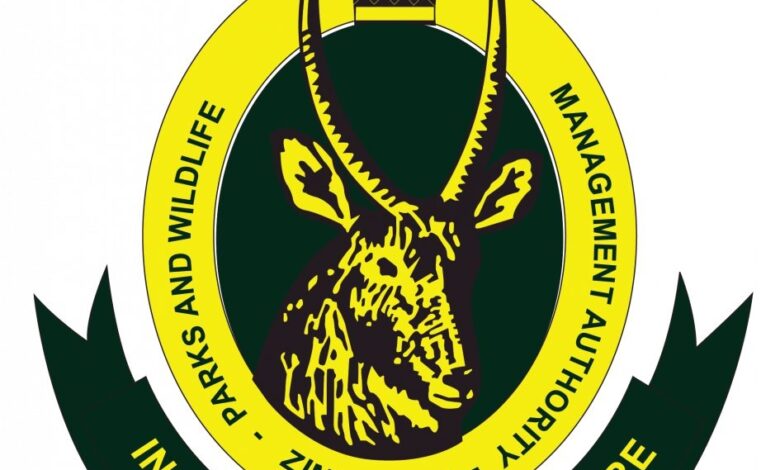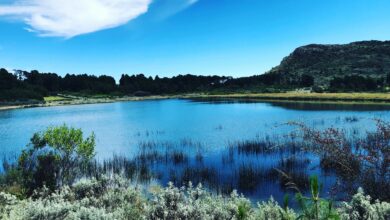Conservation Efforts Drive Tourism Growth in Zimbabwe

Zimbabwe’s National Parks and Wildlife Management Authority (Zimparks) implements conservation initiatives that significantly boost tourism. These efforts protect endangered species and habitats. They also create new opportunities for visitors to experience Africa’s natural beauty.
Protecting Biodiversity Through Innovative Methods
The authority uses cutting-edge techniques to safeguard Zimbabwe’s rich biodiversity. One such approach is the use of drones. Furthermore, with thermal imaging cameras to monitor wildlife populations across vast expanses of protected areas, these drones monitor wildlife movement. They are also used to curb poaching which is quite rampant. Additionally, this technology allows conservationists to track animal movements more efficiently than traditional methods.
Additionally, Zimparks uses an animal ambulance donated by ifaw to assist sick or injured wildlife. The ambulance supports the Wildlife Veterinary and Rescue Unit in Zimbabwe’s Hwange National Park. Furthermore, it is for response to animals in distress. The animals receive treatment and are released back into the wild. Also, if required, for smaller wildlife that can be transported to the Unit’s home base for care.
Restoring Ecosystems for Sustainable Tourism
Moreover, conservation efforts also focus on restoring damaged ecosystems and creating thriving habitats for various species. The reintroduction of native plant species improves soil quality and increases water retention. This, therefore, supports a wider range of flora and fauna.
These restored environments attract a variety of wildlife, including endangered species such as rhinos and elephants. As a result, tourists experience these magnificent creatures in their natural habitats, contributing to Zimbabwe’s growing ecotourism industry.
Community-Led Conservation Initiatives
The National Parks and Wildlife Management Authority has implemented community-led conservation programs. This is by engaging local communities in the protection of national parks and wildlife reserves. Additionally, this approach helps reduce human-wildlife conflict by providing incentives for communities to protect rather than harm wildlife.
By empowering local communities through sustainable tourism practices, the authority is fostering a culture of conservation among Zimbabweans. This grassroots approach ensures that the benefits of tourism are shared equitably among all stakeholders, promoting long-term sustainability.
Boosting Tourism Through Infrastructure Development
To enhance visitor experience and accessibility, the authority has invested in upgrading infrastructure within national parks. New walking trails, improved viewing areas and enhanced camping facilities have been constructed. This allows tourists to immerse themselves in Zimbabwe’s natural beauty.
These developments make it easier for visitors to explore protected areas safely and comfortably. It also increases the overall satisfaction with their Zimbabwean experience.
Conclusion: Conservation and Tourism Hand in Hand
Finally, the National Parks and Wildlife Management Authority’s conservation efforts not only protects Zimbabwe’s rich biodiversity but also significantly boosts tourism in the country. By combining innovative technology, ecosystem restoration, community engagement and infrastructure development, Zimbabwe has created a model for sustainable conservation and tourism practices that benefits both wildlife and local communities.
As visitors travel to experience Zimbabwe’s protected areas, they contribute directly to conservation efforts through tourism revenue. This symbiotic relationship between conservation and tourism is set to continue growing. It ensures the long-term protection of Zimbabwe’s incredible natural heritage for future generations to enjoy.




